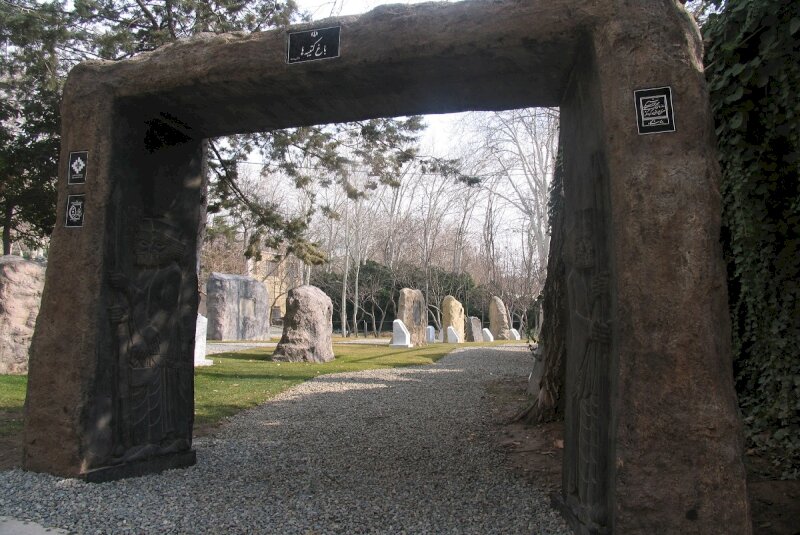Discover dazzling rock-carved legends at Tehran museum

TEHRAN – Tehran’s Garden Museum of Inscriptions offers visitors a chance to see replicas of brilliant engravings selected from across Iran.
Situated in Nivaran Cultural Historical Complex, the museum exhibits 43 inscription models from the historical periods of the Medes in Urartian, Assyrian, and Aramaic languages belonging to the Ahar and Sarab regions as well as the Parthian and Sassanid eras in ancient Persian, Akkadian, Elamite, and Aramaic and Pahlavi languages.
The highlights of the museum are the inscriptions of Shapur and Ardeshir in the Naqsh-e Rostam and the bas-relief of Shapur I in the Naqsh-e Rajab.
The rocks with different designs, motifs of humans hunting with ropes, humans dancing, and inscriptions with beautiful and unique linear and superficial signs can be seen among the bas-reliefs and inscriptions of the museum.
The main motive for designing such a museum was to increase its usefulness to students and researchers who could gain a better understanding of historical lines and different issues.
Niavaran Cultural-Historical Complex, covering an area of about eleven hectares, is composed of several landmark buildings, museums, and monuments constructed in the 19th and 20th centuries during the Pahlavi and late Qajar eras.
The history of the palace complex stretches back to about 280 years ago when Fath-Ali Shah of the Qajar Dynasty ordered a summer residence to be built over the then countryside area of the capital. The two-story Ahmad Shahi Pavilion is one of the highlights of the complex.
The main palace of the complex was originally erected for royal ceremonies and gatherings. However, it later turned into the residence of the second king of Pahlavi king, Mohammad Reza Shah, and his family.
With an area of 9,000 square meters, the palace is entirely adorned with magnificent plasterwork, mirrorwork, and tilework. Its architecture boasts a blend of pre-and post-Islamic art.
Its beautifully decorated and fully furnished interior features loads of artworks such as precious paintings and sculptures by Iranian and foreign artists.
ABU/ AFM
